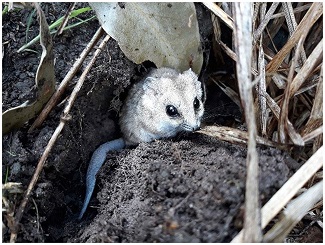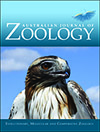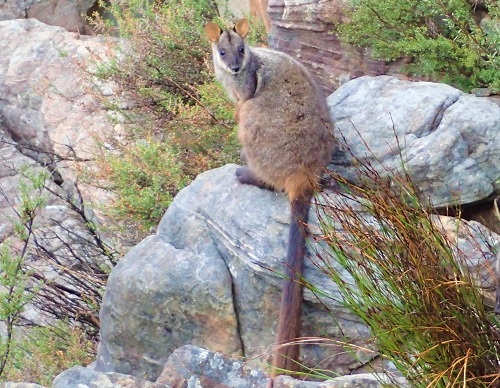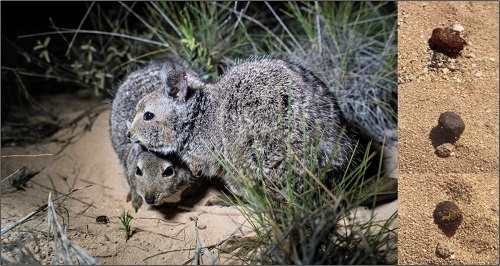Australian Journal of Zoology
Volume 69
Number 2 2021
The fat-tailed dunnart (Sminthopsis crassicaudata) is the only small ground-dwelling marsupial persisting in Victorian grasslands. After one year of surveying a site previously known to support one of the largest populations in the state, we detected no evidence of this species remaining. Our work highlights the importance of targeted surveys to assess the stability of this species across Victoria, and the need for collection of long-term data to better identify population declines.
Photo by Emily L. Scicluna.
An individual’s sex has important implications for how that individual goes about life. We developed genetic sex markers for an iconic group of Australian social lizards, the Egernia group, who cannot be sexed at birth. The development of these sex markers provides important insights into how sex is determined in this group and has the potential to provide the basis for addressing a suite of questions related to how sex mediates the emergence and maintenance of social life.
Photo by Geoff While.
Camera-monitoring and non-invasive genetic monitoring were used to evaluate a brush-tailed rock-wallaby (Petrogale penicillata) colony in the Grampians National Park, Australia, 8 years after reintroductions ceased and 6 years after physical interference stopped. Genetic monitoring detected eight individuals compared with five being detected by remote cameras, and breeding and successful recruitment were found to have increased since the colony was left undisturbed. Continual monitoring will be important to further optimise the reintroduction biology of this species in unfenced open landscapes.
Photo by S. Kleemann.
The banded hare-wallaby (Lagostrophus fasciatus) is a threatened marsupial that has proved difficult to monitor using conventional methods. We investigated the feasibility of using faecal DNA as a monitoring tool for this species, by conducting trials at two sites in Western Australia. Faecal DNA shows promise for this species and we recommend further work to develop robust protocols.
Main photo by Richard Manning.









